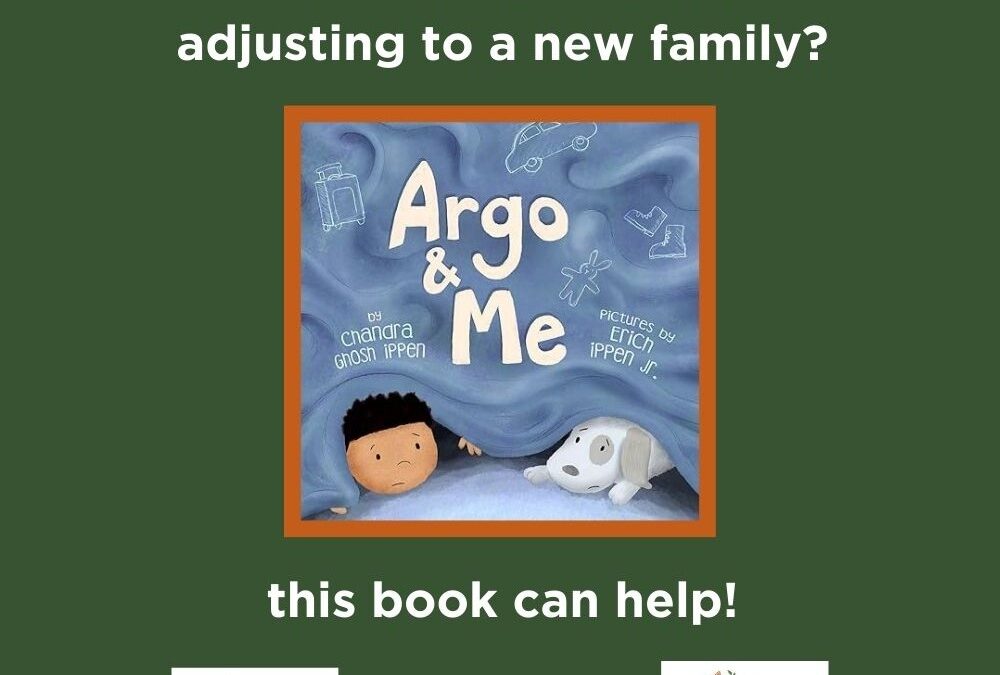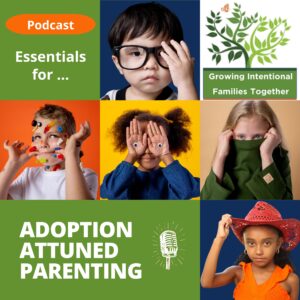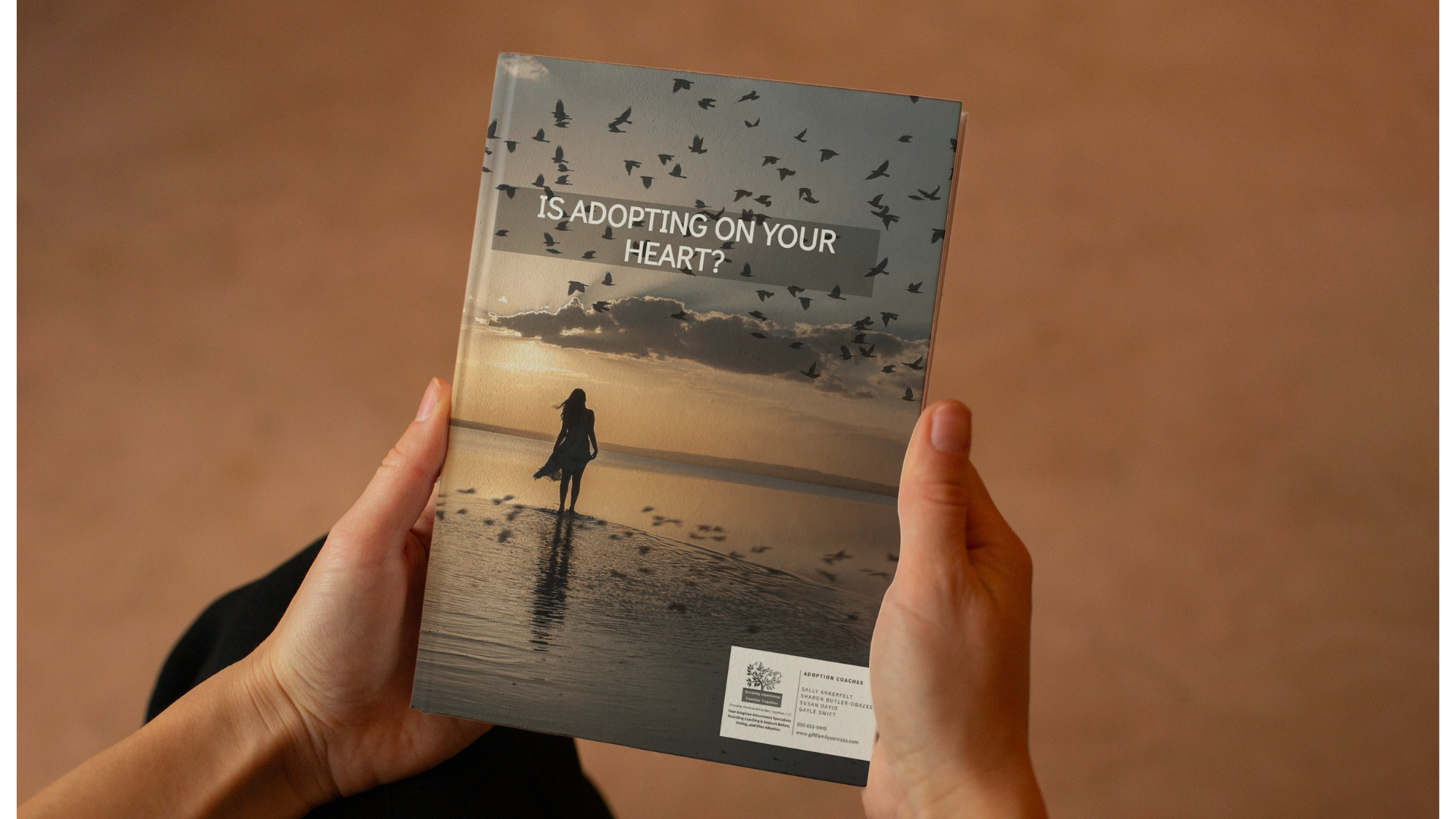 Family communication. When you read that, what came to mind? How do you feel about the communication patterns in your family? Good communication is something we all recognize that we need.
Family communication. When you read that, what came to mind? How do you feel about the communication patterns in your family? Good communication is something we all recognize that we need.
Yet, most of us struggle to accomplish it. Talking about the good times usually comes easily. However, many of us can find talking through tough times, and traumatic times significantly more challenging. Uncomfortable. Unwelcomed.
So, even though we all know that sharing our concerns and sorrows can lighten the emotional load, often parents hesitate and children typically resist.
Avoiding, minimizing, or denying the issues, can seem to be the kindest approach. Often, it is the easiest. But of course, not the best or the healthiest option because using this approach means resolution, processing, and coping don’t happen. So, what alternatives can families try?
Indirectly talking about things can offer a pathway to meaningful con
versations. Exploring these hard aspects through the lens of a book can be quite effective. Books can depict circumstances similar to a child’s difficult personal history and depict one or more ways to process their own difficult histories. Parents can ask a child what they think of the character’s solutions and can strive to suggest additional ideas and solutions to the child.
As adults, we are familiar with this third-party approach. We often use this te
chnique when we raise an issue or ask a question “on behalf of a friend.” This blog post will share an example of a book that could work with young children.
Argo & Me: a story about being scared and finding protection, love, and home, is another excellent book by psychologist Chandra Ghosh Ippen. I
t’s a wonderful resource for families whose children have experienced displacement, foster care, or adoption. This book reflects her skill in understanding what children need to discuss—in a way that avoids re-traumatizing them.
The story is written from a small boy’s point of view as he describes the events that preceded his little dog’s arrival in the boy’s family. The gentle, empathetic tone of the book is reinforced by the delicate and expressive illustrations beautifully rendered by Erich Ippen Jr. These illustrations serve as a non-verbal way of talking through tough times.
The boy identifies with many of the aspects of the dog’s journey because they share many parallels with his own history. Without specifying what happened to Argo or the boy, the illustrations suggest the hard times, difficult circumstances, and flawed relationships they have faced. This open-endedness allows the story to reflect a spectrum of the life experiences child readers may have experienced. Argo and the boy also share some fun similarities. Those are explored as well.
The book is upbeat and gentle and would easily provide ways to start conversations that might otherwise be challenging to initiate. Having the narrative be about a pet, instead of about the child’s specific traumas makes the topic approachable. Because Argo and the boy share some similar histories, the boy (and readers) appreciate that they are not the only ones who have had similar challenges. The bottom line is that it gets families talking through tough times and that is a good thing!
 We suggest you check out You Weren’t with Me. It was also written by Chandra Ghosh Ippen
We suggest you check out You Weren’t with Me. It was also written by Chandra Ghosh Ippen
It’s a great companion read to Argo. Read the review that we previously posted!
Listen to our podcast: Essentials for Adoption Attuned Parenting
Read these award-winning books written by our coaches.






